(Unreal Engine, C++)
LITHIUS SKY
What is it?Lithius Sky is a high-speed first person platformer where your mission is to scale the mountain and reach its peak before a catastrophic meteor strike. Scattered throughout the rugged mountain terrain are the nomadic Mythos tribe, whose guardian creature, the Lithius, abandoned them in fear and has taken refuge at the summit. Your ultimate objective is to summit the mountain and bring home the Lithius to save the Mythos tribe!
What was my role?I worked on Lithius Sky as the main gameplay where my main responsibility was character movement and interactible elements.
Interesting finds during development:As a developer, you spend so much time with your game that you lose the ability to discern whether or not your game is intuitive and clear enough for new players. It became apparent, when we were playtesting at scale for the first time, that the movement that I thought was intuitive was indeed not. Our players got stuck on ledges, dashed into walls, and fell off the map, not because they were “bad at the game” but rather because the controls didn’t do what they thought they would do.
We have a dash in the game. The original iteration launched the player towards where the camera was pointed. I noticed that when players tried to dash up or down to ledges, they would instead hit the edge of it. The same was true for when players tried to dash up positive inclines, as they would hit the ground. The reason was simply that the collider was bigger than the players anticipated. So instead of forcing the player to aim the dash higher, we altered the dash direction to where they intuitively want to go. I accomplished this by checking whether the player was about to dash towards a ledge and predicted where they wanted to land.
Another thing I noticed was that players frequently fell off platforms and ledges when they wanted to jump to another platform. In a similar vein to our last problem, players weren’t able to anticipate how “big” the character was and would jump after the collider had already fallen off the platform. Instead of forcing the players to learn how big the collider is, I added some buffer time after the character had already left the platform where the player could still press the jump button.
What I learned was how important it is to not fight the players intuition but rather embrace it and code it for a better gameplay feel. It’s important to try to predict what the player wants to do rather than force them to learn how to do it. After learning this, I began implementing similar pieces of code that helped the player do what they want to do in all aspects of the game. The interesting thing is that this change did not necessarily make the game easier but instead just reduced the overall frustration and feeling of “clunkiness”!


